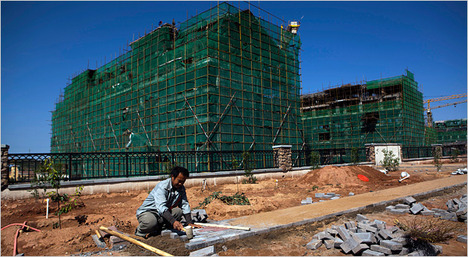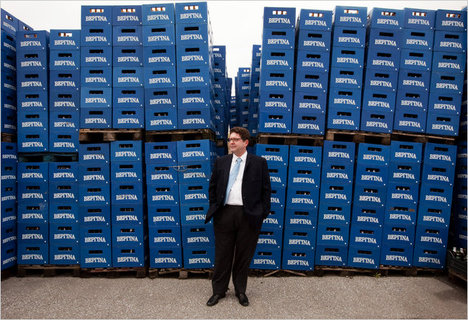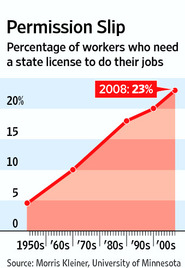Robert Shiller is often a shrewd diagnostician, but less often a wise therapist. For instance he is right in thinking that uncertainty is part of our problem, but wrong in his usual view that more government spending is the solution.
A better way to reduce uncertainty is for the government to act more predictably, following some reasonable rules. I heard such a view articulately defended in a lunch speech at the American Economic Association meetings in January by Stanford economist John Taylor. His speech has been polished and published in National Affairs (see citation way below).
Here are some interesting observations by Shiller (via Bewley):
(p, 7) Factors of production like wheat or trucks or pumps don’t have morale issues. Human beings do.
How these issues affect the labor market is a major focus of the research of Professor Bewley, who is a colleague of mine at Yale. He has developed an idiosyncratic approach, interviewing hundreds of corporate managers at length about the driving forces for their actions. The managers consistently told him that they are concerned about the emotional state of their core employees. They said that their companies’ continued success depends on the positive feelings and loyalty of these workers — and lamented the hard choices that would need to be made in a severe downturn.
. . .
Lower-level managers won’t ask for scarce resources . . . , because those items look like luxuries to fellow employees, who worry that there won’t be enough in the company budget for them to keep their jobs.
One top manager told Professor Bewley that he had to compensate for the reticence of lower-level managers, who won’t ask for anything. “I tell them to put in a few dreams for equipment they would like, because if they don’t try, they’ll never get what they want,” this manager said.
Of course, while that reticence may preserve jobs in one’s own company, it works against job growth elsewhere. A result is a loss of vigor in the aggregate economy, and the sapping of the very kind of creativity that might spur a recovery.
Professor Bewley shared with me a passage from an interview in July with a manager of a large manufacturing company. “There is more uncertainty, and everybody is afraid,” this manager told him. “Do your job. Keep employed. Don’t come up with a new idea.” In his own company, the manager said, “Everybody is doing the same thing.”
For the full commentary, see:
ROBERT J. SHILLER. “ECONOMIC VIEW; The Survival of the Safest.” The New York Times, SundayBusiness Section (Sun., October 3, 2010): 7.
(Note: ellipses added.)
(Note: the online version of the commentary is dated October 2, 2010.)
Here is the Taylor reference:
Taylor, John B. “The Cycle of Rules and Discretion in Economic Policy.” National Affairs, no. 7 (Spring 2011): 55-65.






